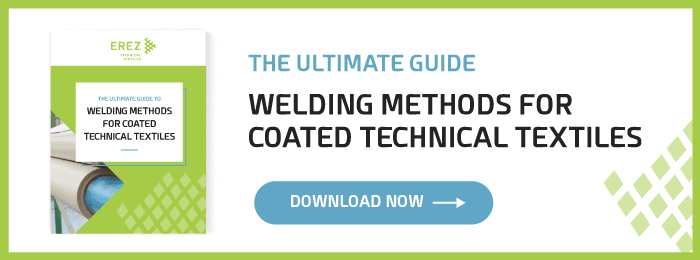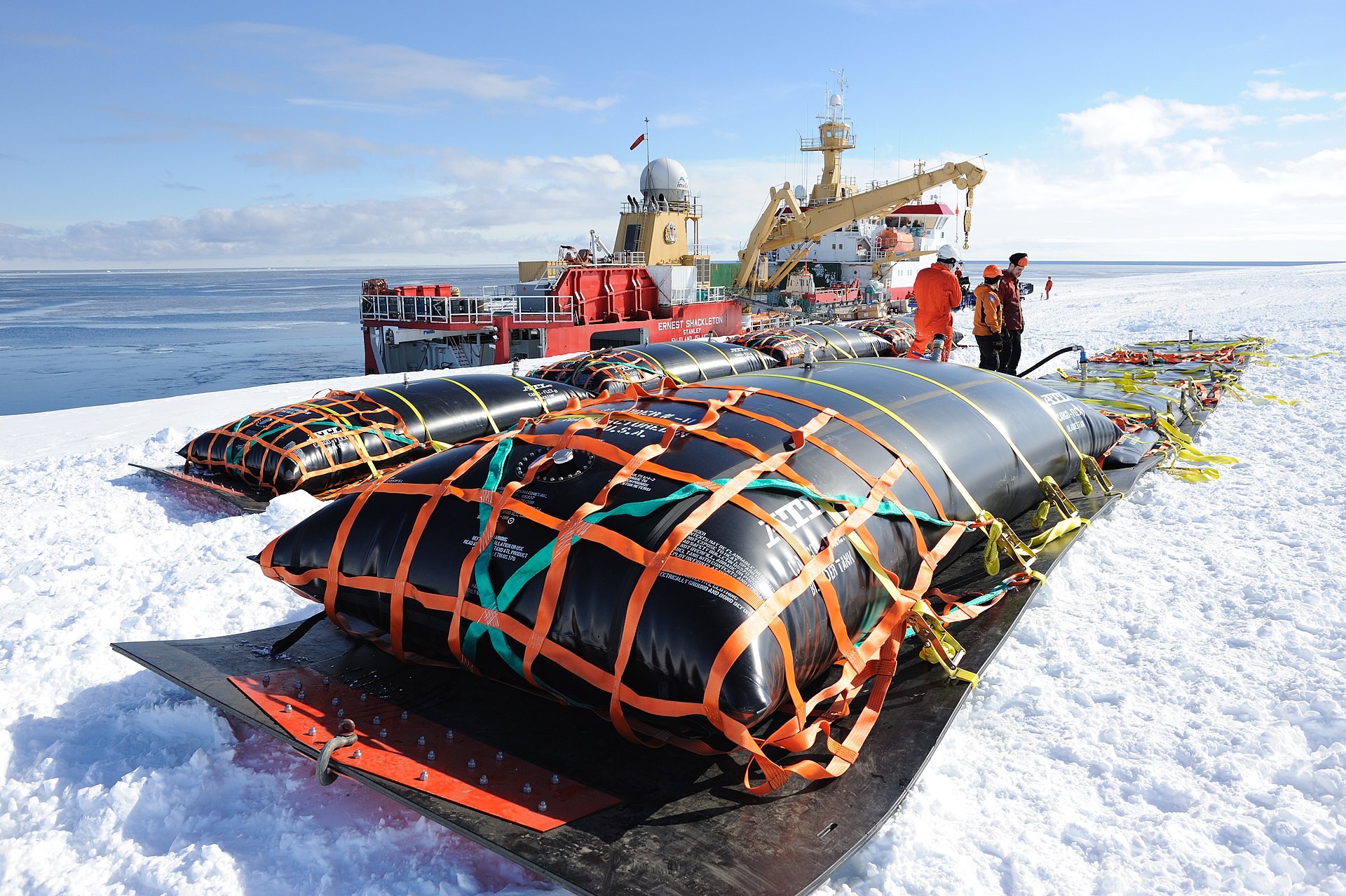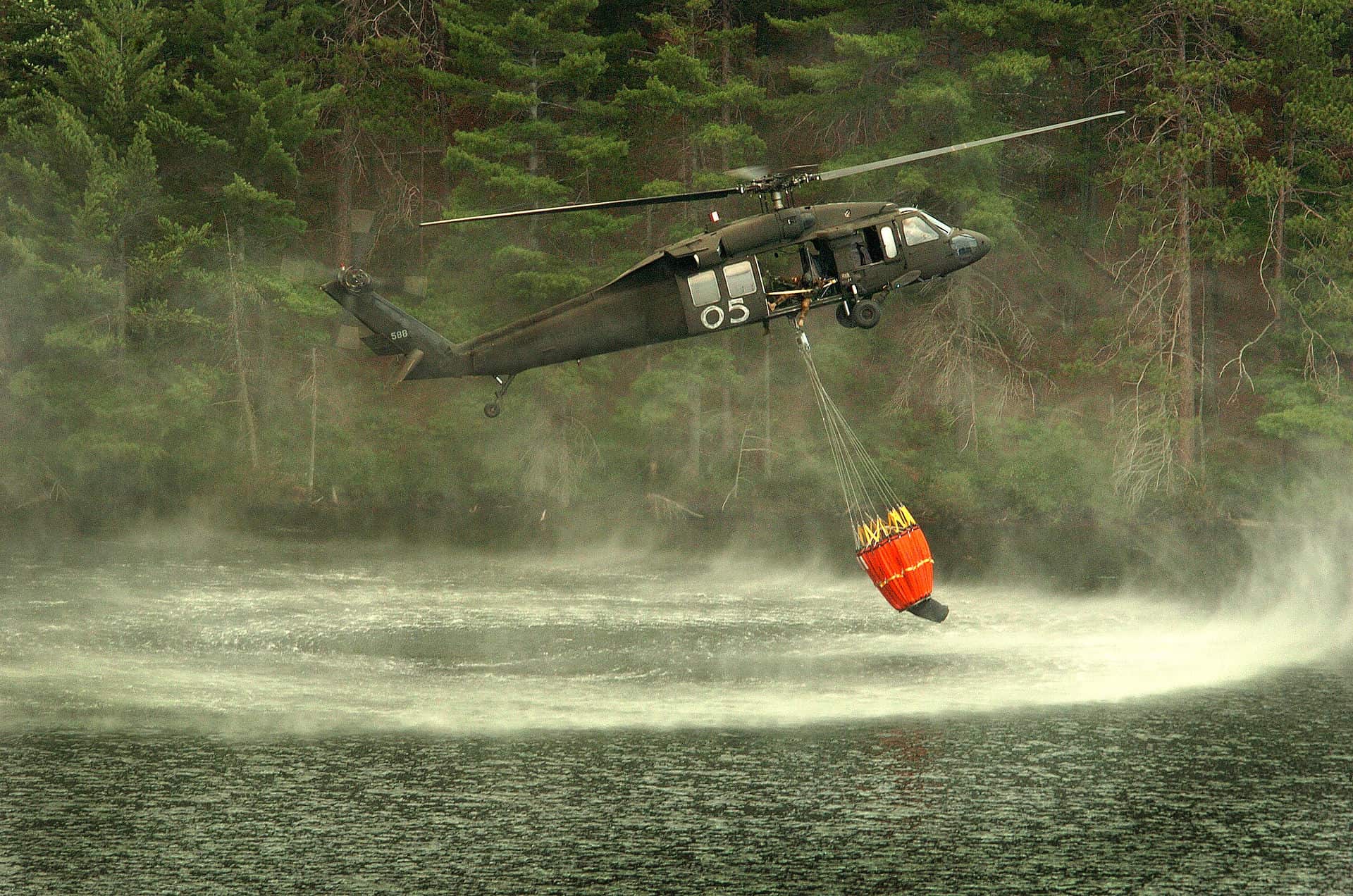
The process for all thermoplastic textiles welding consists of the same basic elements: heat, pressure, and cooling. These three elements are controlled based on the materials being welded, the welding method, and the speed of the manufacturing process. However, many other factors affect the strength and seal quality:
- Tooling layout
- Weld thickness
- Material thickness
- Machine controls
- Operator experience
In the technical textile industry, often quality and performance standards must be met to achieve desired certifications from regulating agencies like ISO, SOLAS, UL, or the US military. Meeting these requirements often means subjecting welds to various tests like pull tests, leak tests, and optical tests. Weld failure means product failure and that sets the contract and your business up for risk.
So, here are a few tips to help ensure that the welds produced by your machines and operators stand up to the test.
Make Sure It’s Clean
Welding relies on the molecules from one piece of material intermingling with the molecules from another and re-hardening as one cohesive unit. When non-thermoplastic debris or even debris from a different thermoplastic is present, it creates micro-barriers where the molecules cannot mingle together. These locations don’t form a bond and weaken the weld. Enough of these unwelded pockets can create weld failure.
So, it’s important to make sure that all oils, paints, existing degradation, or atmospheric soils, e.g., dust, are removed. This can be done with water or, depending on the thermoplastic, solvents. Follow the material manufacturer’s recommendations. Cleaning is less of an issue when the material is new and used straight off the manufacturer’s roll it came on. Still, your manufacturing environment can potentially add unwanted debris, like dust, printing at the weld location, or surface films resulting from adjacent operations. Keep the welding area and its air clean to lessen the impact of debris.
Control the Temperature
Temperature is perhaps the most important variable in welding. Too low of a weld temperature can increase the time it takes for the material to melt, thereby slowing down production time. Or, it can result in the material not melting thoroughly or at all, thereby creating poor welds. Too high a temperature can result in degrading the adjacent material or creating welds that are too thin and will fail.
Reaching the precise melting temperature, ranging between 160C to 320C (320F to 608F) depending on the plastic, at the weld point is affected by the:
- Type and power of welding machine being used
- Ambient temperature
- Distance between the heat source and the material
- Speed of the process.
For instance, the heat in hot air welding is generated by blowing air across electrical heat elements that need to be 2 to 3 times hotter than the required weld temperature. With methods that use vibration or molecular polarity to create heat, the crucial factor becomes the amount of time the weld surface is exposed to the power source.
The speed of the welding process affects how long the material is exposed to the heat/energy and thus how hot it gets. Usually this is measured in seconds or milliseconds and must be adjusted together with temperature. Of course, all these factors work in reverse during the cooling process.
Get Training
Since welding is such an important part of manufacturing success and so many technical variables are involved, it is worth the time and effort to properly train your welding technicians. Usually, the manufacturer of the welding machine you purchase will come to your facility and train your employees for free. Typically, training can be accomplished in less than a day. Then, another day of practice will familiarize your welders with the nuances of welding and get them on the line and productive.
Expertise
As noted at the start, there are myriad technicalities associated with welding. Each welding method comes with its specific variables. The challenge of getting it all right can be overwhelming. When you purchase your technical textiles from Erez, you can count on our knowledgeable staff to guide you. We can also recommend welding machine manufacturers, like Miller Weldmaster, FIAB, and Zemat, who have world class technical expertise and can supply your operation with the type of welders and training you and your staff need. For more information on welding techniques that are right for your application, download the Erez Ultimate Guide to Welding Coated Technical Textiles.
Share this Post




